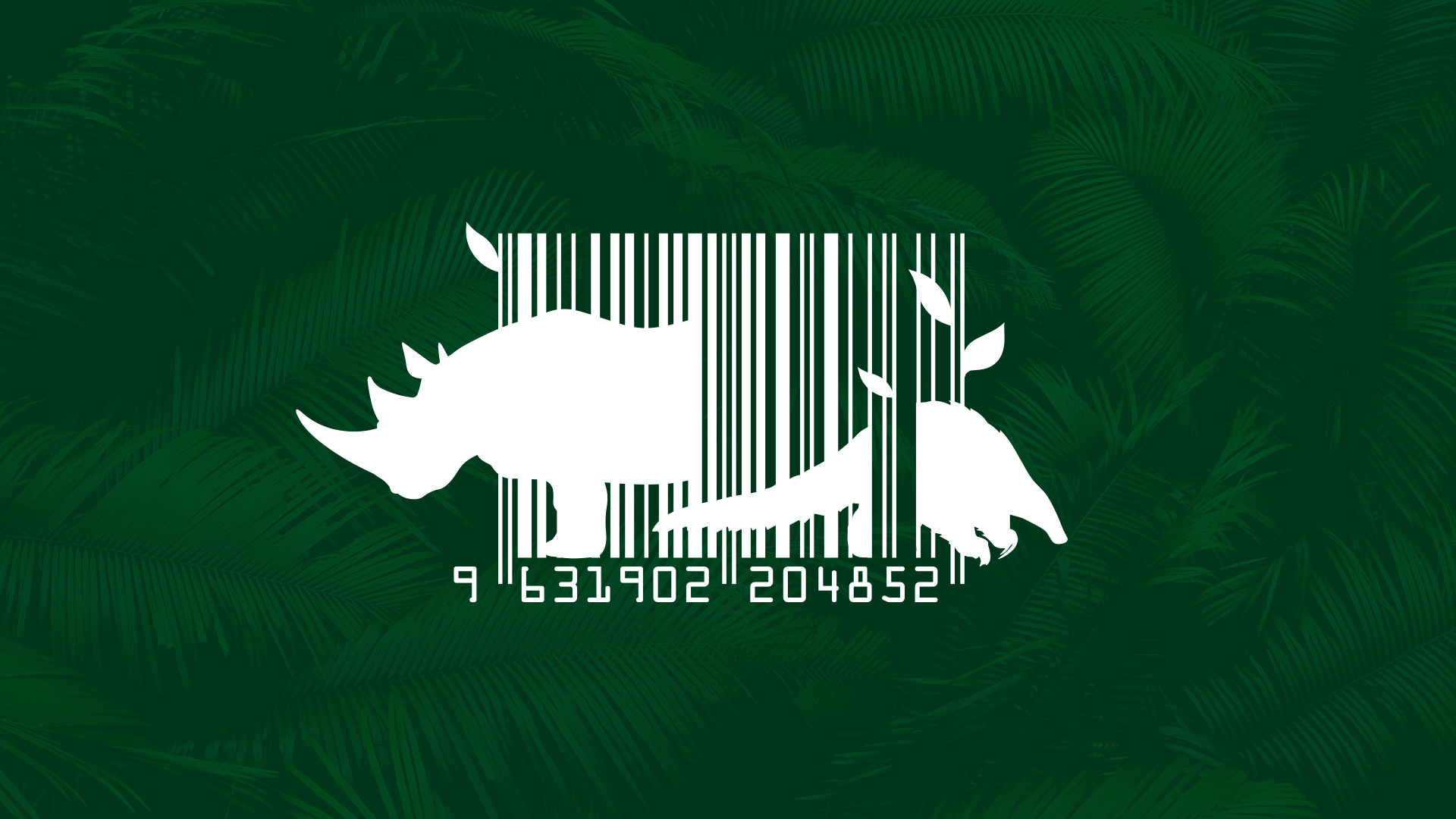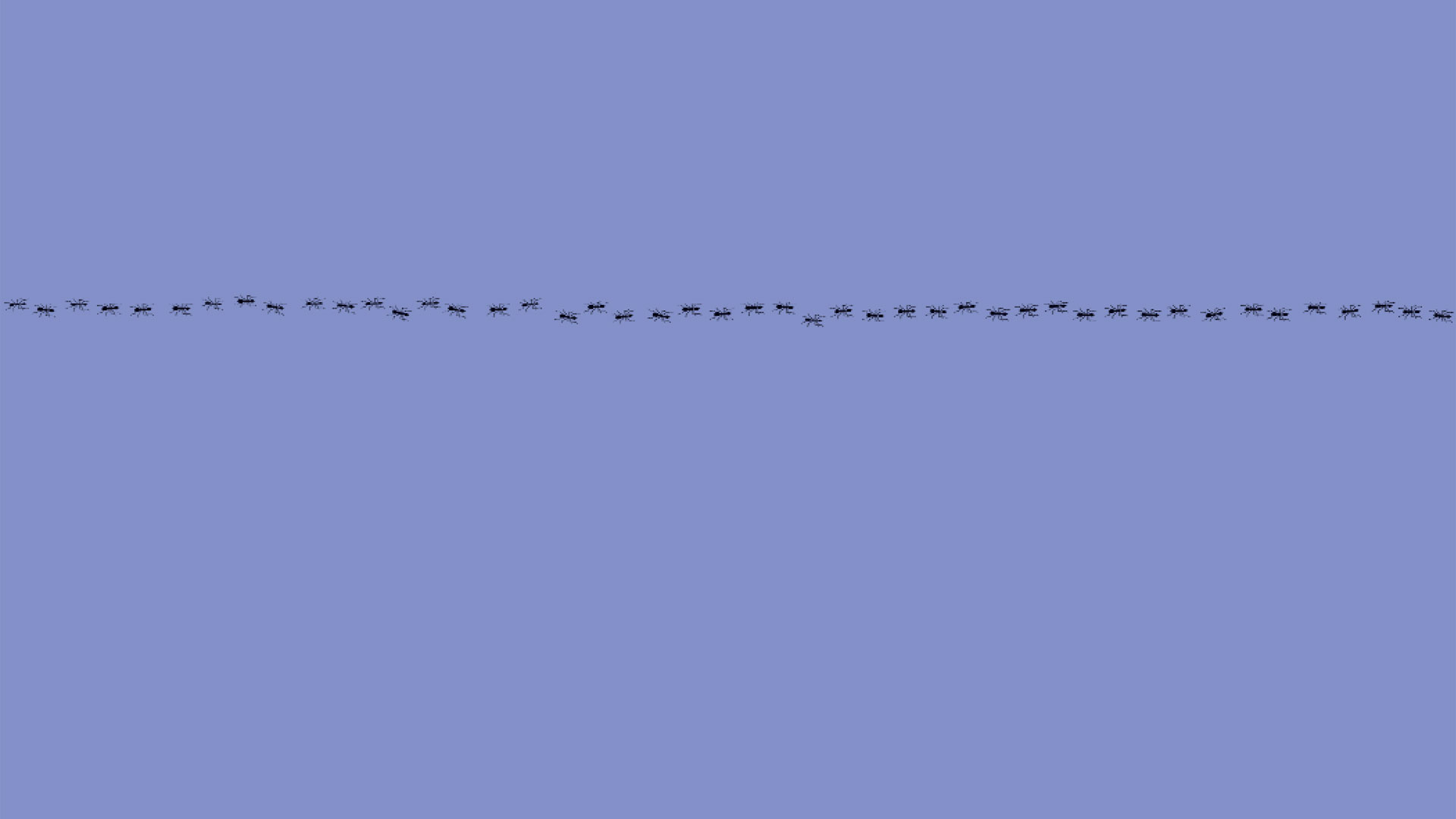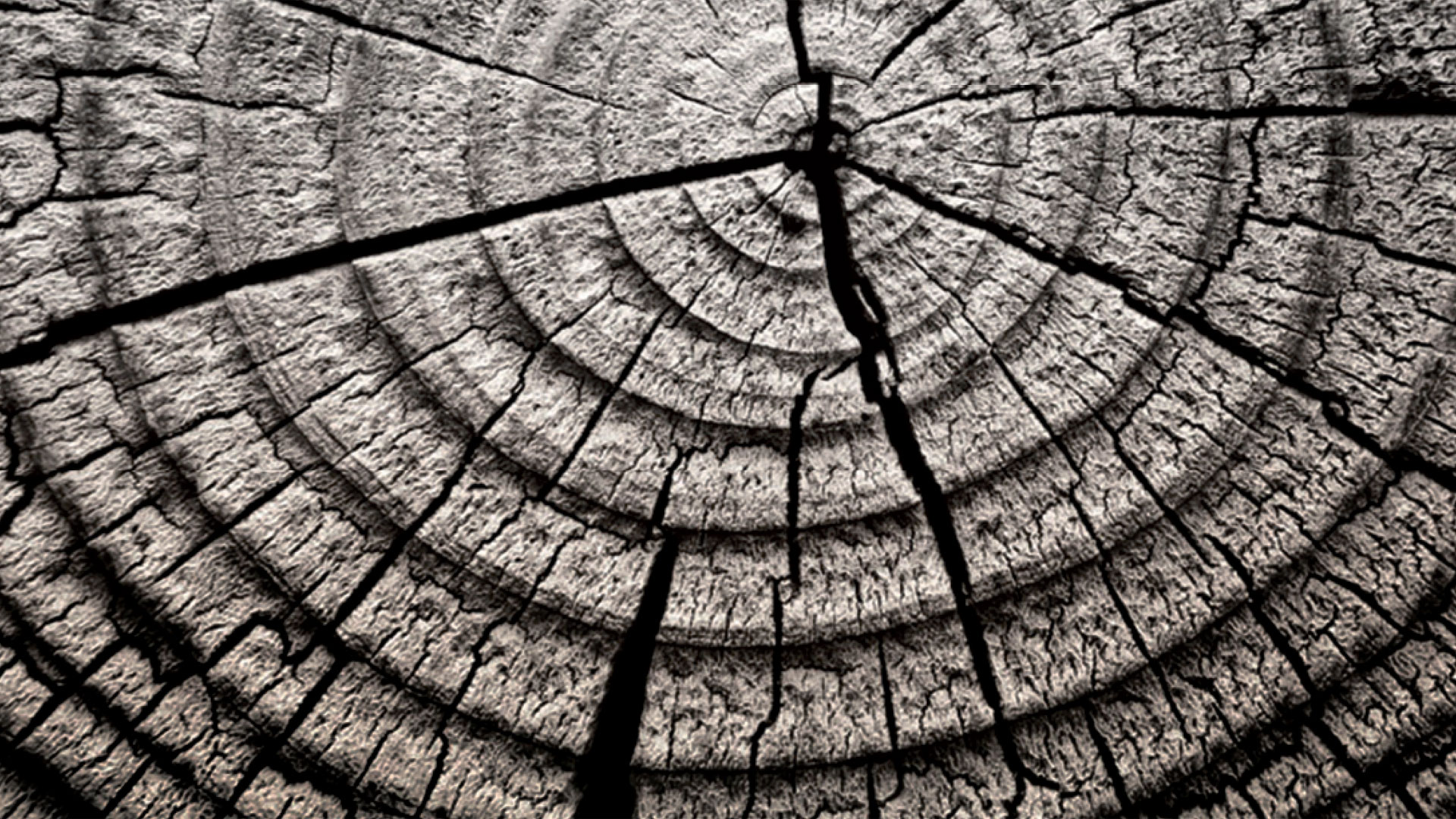When Nature Becomes a Commodity
Do We Have an Ethical Obligation to Other Species?
The importance of our relationship with nature is coming into increasingly sharp focus, with a little help from a scaly mammal.
When researchers first identified a new coronavirus in early January 2020, the race was on to find its origin. Suggestions ranged from bats to laboratories, but one possible source of the virus was soon catapulted into the spotlight: the pangolin.
By June 2020, a team of French researchers were publishing their analysis of the genetic evidence from seven pangolins, all of which tested positive for SARS-CoV-2-like viruses, but which originated in different Southeast Asian regions. Their findings suggested that these pangolins were contaminated while being transported for sale in wildlife markets, leading the researchers to conclude that the illegal trade in wild mammals was the most likely origin of the COVID-19 pandemic.
But as researchers looked into the interactions between humans and host species of novel viruses, awareness began to dawn that there was more to the pangolin’s story than possible virus transmission. This unique creature—the world’s only scaled mammal—became a symbol of the role humans play in creating challenges to our own survival. Over a 10-year period, more than a million pangolins had been traded throughout East and Southeast Asia for use in traditional medicine, or as a delicacy, making it the most heavily trafficked wild mammal in the world.
“Driving this illegal trade is on-going and seemingly increasing demand for pangolin meat and scales, which has been catalysed by increasing wealth and affluence in East and Southeast Asia.”
Following the trail of the pangolin exposes a fundamental human problem: our failure to fully understand our relationship with nature. In brief, we make concern for the environment a secondary priority. The consequences of this flawed thinking litter our history, with repercussions for everyone and everything. The pangolin’s predicament is simply one example.
Removing any creature from an ecosystem can lead to the system’s eventual collapse. But pangolins are elusive, and researchers hadn’t taken much interest in them and their role until late in the 20th century. We now know that they prey on insects such as ants and termites, helping to keep those populations in check. Pangolins, in turn, are prey for lions, tigers, chimpanzees, crocodiles and pythons. In addition, their foraging and burrowing habits serve to turn over, mix and aerate the soil, which helps maintain soil health and thus the habitats of other local plant and animal species. As with any ecosystem, each of these facets has its own knock-on effect.
While the pangolin’s direct impact on our own well-being may not seem obvious, their contribution to pest control alone is significant. A single adult consumes millions of potentially destructive insects a year—by some estimates, as many as 70 million.
Maintaining the balance of nature through healthy ecosystems is always in our best interest. Even so, nations didn’t begin responding to the trafficking of pangolins until very recently, with the Convention on International Trade in Endangered Species (CITES) voting to ban such trade in 2016. The United States, a party to CITES, has yet to bring its laws into line with this agreement, as only one of the eight pangolin species is currently protected under its own Endangered Species Act. Because of environmentalist pressure, however, the US plans to review its position by June 2021. In China, officials didn’t remove pangolin scales from a list of approved medicinal ingredients until 2020.
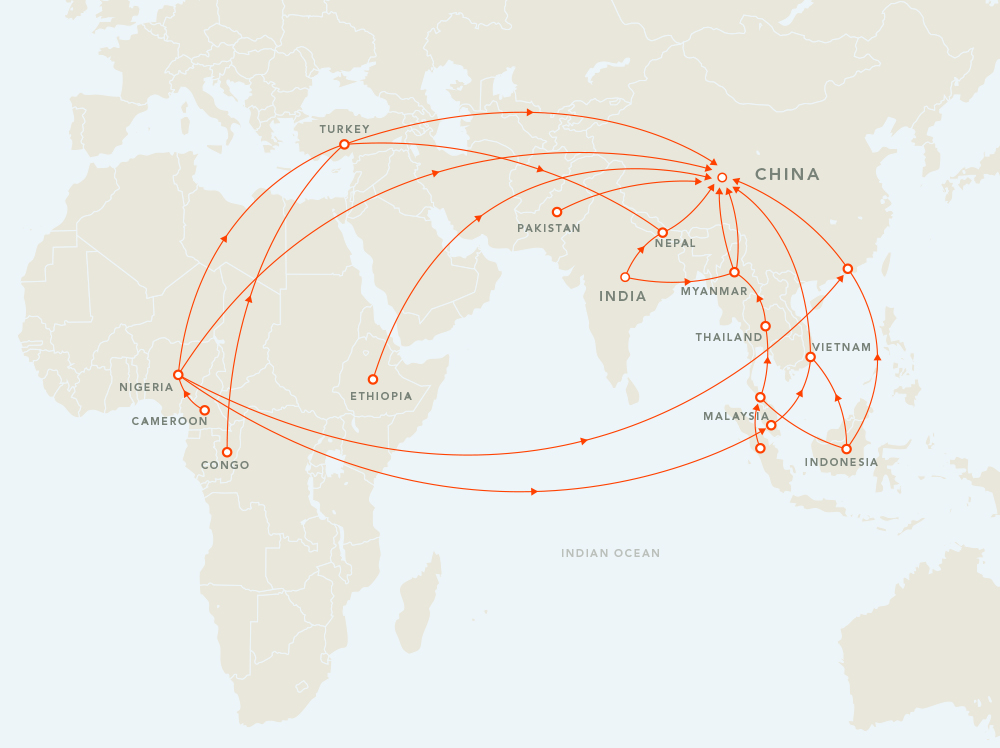
International Pangolin-Trafficking Routes
Adapted from Nepali Times and The Pangolin Reports
Why the delay, and what was the motivation for eventual shifts? One could argue that nations didn’t feel compelled to focus on the lucrative trade in pangolins until COVID-19’s negative effect on people’s lives outweighed the creature’s financial benefits.
Another factor, not unrelated to the first, also stands out: An economic analysis precedes any decision to protect a species—including us. When the future of a species hangs in the balance, the economy takes priority over the environmental impact.
More than 70 years ago, the late American ecologist, forester and writer Aldo Leopold noted that even at that time “the evidence had to be economic in order to be valid”—that is, in order to warrant action (A Sand County Almanac, 1949). Many think of Leopold as the father of wildlife ecology and the US wilderness system. His observations are as relevant today as ever before.
So why do we choose to be environmentally friendly as a secondary priority? Why do we exploit nature even when that exploitation endangers our future? Is there an alternative? The answers lie closer to home than we might realize.
“We have collectively failed to engage with Nature sustainably, to the extent that our demands far exceed its capacity to supply us with the goods and services we all rely on.”
The Need for Change
Every day we make choices. Whether consciously or subconsciously, we estimate value before making decisions. We may consider worth, usefulness, benefit, desirability, profit or gain—which raises an interesting thought: Valuation implies a self-centered process, a way to obtain the outcome we want. What option would produce the best result for me?
Already there are echoes here of a much different principle, that of loving others as we love ourselves. In order to live sustainably, we must look beyond the self. What option would produce the best result for everyone and everything? Asking ourselves that question before choosing a course of action is always a good idea, but in matters that affect nature and the environment, it is vitally important.
The process of valuation—estimating the worth of something—culminates in a decision on whether to act or refrain from action. If people had taken more than personal benefit into account on environmental issues, the pangolin (and the rhinoceros, the elephant and countless other species) wouldn’t be on conservationists’ Red List of threatened species today.
That humans are by nature selfish, in the context of valuation and decision making, is not a revolutionary idea, especially as it relates to the environment. What is perhaps revolutionary is a growing awareness of the repercussions of our past decisions and of a need to change. The next question, of course, is how to achieve it.
American environmentalist and writer Lester R. Brown believes that addressing environmental issues begins with our attitudes and outlooks. He wrote in his 2001 book Eco-Economy that “the list of concerns is far longer” than when he founded Worldwatch Institute in 1974. “People recognize the need for action and they want to do something. . . . We need to make personal changes. . . . But that in itself will not be enough. We have to change the system.”
The desire for change is commendable and a crucial initial step. However, even with our best intentions and efforts, we’re struggling to change the system. Perhaps this is because we don’t fully understand the complexities of our current system for determining priorities. We need that understanding in order to prepare for and implement a new system.
Capital Loss
Economists and environmentalists alike categorize value in terms of capital. A 2015 paper published in Proceedings of the National Academy of Sciences (PNAS) succinctly outlines five types: “manufactured capital (buildings and machines), human capital (knowledge, skills, experience, and health), social capital (relationships and institutions), and financial capital (monetary wealth), as well as natural capital,” which the paper describes as “the living and nonliving components of ecosystems—other than people and what they manufacture—that contribute to the generation of goods and services of value for people.”
This categorization makes it easy to view each type of capital as separate, independent, distinct. In reality, however, the five are very much interconnected. Collectively they generate goods and services to increase our quality of life and our standard of living.
To take an example from the PNAS paper, “fish harvesting depends on the availability of fish stocks (natural capital), which depend on high-quality habitat (natural capital), but harvesting also depends on fishing vessels (manufactured capital, backed by financial capital), the skills and experience of fishers (human capital), and fisheries governance (social capital).”
Natural capital itself can be subdivided into various “ecosystem services.” The Millennium Ecosystem Assessment, initiated in 2001, summarizes four categories:
- Provisioning services produce food, fresh water, timber and other essential goods.
- Regulating services help ensure flood management, disease regulation, air and water quality, climate control, pollination, etc.
- Cultural services facilitate recreation, aesthetics, scientific research and a sense of place.
- Supporting services focus on soil formation, nutrient cycling, water cycling, primary productivity, habitat supplying and other processes that help maintain the other three services.
Because natural capital and the ensuing ecosystem services are generally not viewed in terms of contributing to increased quality of life and standard of living, they are typically valued less. They aren’t perceived correctly as an essential aspect of our perfect planet—the origin and foundation of all the other types of capital.
It would be logical, then, to consider the impact of our actions on each type of capital—especially natural capital—and to avoid trade-offs. This principle applies on all scales, from national governments to businesses to our own day-to-day decision-making.
But as the case of the pangolin illustrates, protecting an internationally known endangered species (natural capital) tends to be a secondary priority because it is difficult to perceive the direct benefits that we, as human beings, obtain from it. As the COVID-19 pandemic should teach us, however, we suffer the consequences of these kinds of trade-offs in very personal ways.
“As we begin the twenty-first century, our economy is slowly destroying its support systems, consuming its endowment of natural capital.”
This suggests a severe underappreciation of nature and the environment, because we think about natural capital only after we’ve thought about ourselves. The economic implications had to be assessed before efforts to protect the pangolin could gain traction.
Aldo Leopold encapsulated our predicament in a statement even more urgent today than when he wrote it: “We face the question whether a still higher ‘standard of living’ is worth its cost in things natural, wild, and free.”
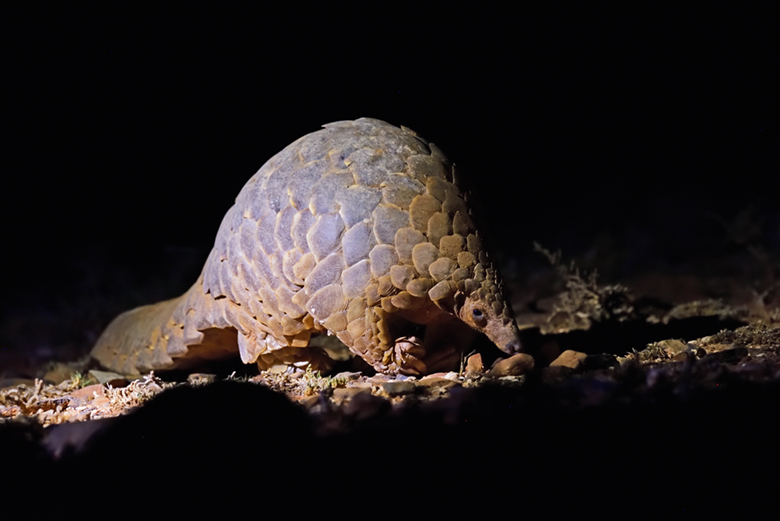
Economic Motives and Economic Value
Even in 1949, when his book was published, Leopold noted that environmental issues were getting out of control. He recalled an example from the 1930s, when public money went into remedial farming practices to manage topsoil erosion. Farmers successfully implemented the measures, but the assistance ended after five years. Because they valued short-term gain over long-term sustainability, they soon forgot about the remedial practices, continuing only those that produced an immediate economic result.
We may see that mindset behind the plight of the pangolin today, but what Leopold noticed among his contemporaries was no different: being environmentally friendly was simply less important than turning a profit. Because the various types of capital are interconnected, however, that kind of thinking will always have negative consequences. Yet we live as if natural capital is unlimited, never-ending, eternal. The pangolin shows us that this is a mistake.
But do skewed priorities, trade-offs and underappreciation have to continue? Do we always have to set the environment as a secondary priority?
Brown admitted in 2001 that analyzing the system in order to redress the trends isn’t a straightforward endeavor, “particularly when [the analysis] embraces ecology and economics—two disciplines that start with contrasting premises.” So we return to Leopold who, in his enduring style, suggested that “an ethical obligation . . . is the only visible remedy”; he called it a land ethic, a moral code of conduct to guide our relationship with the environment.
Doing the right thing because it is right is often not enough, of course; otherwise, we wouldn’t be in the state we’re in now. As much as morals and ethics have a role to play in shifting attitudes and outlooks, data and numbers can also prompt change. Economists and environmentalists in recent decades have theorized that if natural capital could be quantified, it might be easier to consider it at least on par with the other types of capital. In other words, can we measure the value of nature? Admittedly, this is an anthropocentric solution to an anthropocentric issue.
“Making better decisions requires solid evidence that demonstrates how incorporating natural capital and ecosystem service understanding can lead to outcomes that improve human well-being in the short and long term.”
Writing as he did in the late 1940s, Leopold wasn’t in a position to answer the question himself. But he did acknowledge the challenge: “One basic weakness in a conservation system based wholly on economic motives is that most members of the land community have no economic value.”
But what if they did? A response to his implied question would be published nearly 50 years later in 1997, in a paper aptly titled “The Value of the World’s Ecosystem Services and Natural Capital.” After analyzing data from previous studies and adding a few original calculations, the researchers estimated the average value of ecosystem services, or natural capital, at an eye-watering US$33 trillion (that’s twelve zeros) per year, globally—nearly as much as the combined 2019 GDP of the world’s top two economies, the United States and China. (A more recent estimate, from a 2014 paper, is even more astonishing: a global average of US$125 trillion per year.)
The authors of the 1997 paper present an alternative perspective on valuing natural capital: What would it cost to replicate the same ecosystem services in a technologically produced artificial biosphere? This is an impossible task, of course, but just asking the question may represent headway on a moral level; perhaps it’s an admission that this planet is too precious to value.
Responses to the 1997 paper were mixed, and in some cases ironically so. Some believed the evaluation to be too low, others deemed it too high, and still others declared that it was “profane and vulgar” to attempt such a thing in the first place. This last viewpoint is particularly intriguing; not only is suggesting that natural capital should be protected for its intrinsic value in itself a valuation, but it seems to imply that natural capital is more valuable than any other form of capital, thus disregarding their critical interdependence.
Clearly we need a deeper and more unified collective understanding of the issue before we can change our outlooks and attitudes and begin to live sustainably.
Our Challenge
Some critics have asserted that the concept of ecosystem services represents the same anthropocentric opinion that we started with: the idea that nature and the environment exist only to serve humans. This is understandable, considering that the word services is indeed used frequently. But in a way, we need to be more anthropocentric; we need to be more aware of our responsibility, our influence over natural capital, and our current tendencies.
Do we appreciate that the earth is perfectly designed to sustain life? It’s flawlessly created to provide for all of our physical needs. It wasn’t intended to just be left behind—exploited, wasted and discarded—as we go in search of planets new. It’s our garden home; we’re required to continually tend and keep every component, and not just when it suits us. In return, the earth supplies and nurtures us through its indispensable ecosystem services.
The first stage to fulfilling this requirement is looking beyond the self, seeing the value in everyone and everything. Only with an entirely different way of thinking can we make collective progress toward a sustainable future.
We had a duty to protect the pangolin, a small but valuable member of our global ecosystem. We had the power to protect it by enforcing laws, policies and conventions based on selfless, ethical principles. Yet our inclination was to exploit the pangolin for profit—until it backfired.
In the 1940s, an American ecologist, forester and writer observed, “We face the question whether a still higher ‘standard of living’ is worth its cost in things natural, wild, and free.” More than 70 years and a pandemic later, a small, scaled mammal can give us the answer.

